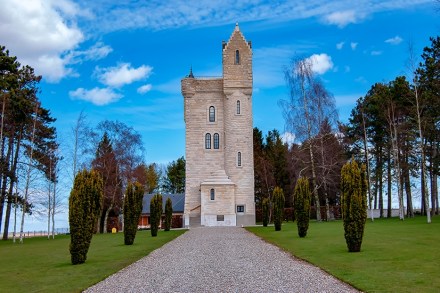A hidden side of the Somme
Noticing via this Low Life column that I had trench fever, the Western Front Association treated me to a year’s membership and subscription to their excellent quarterly magazine Stand To!. And if that wasn’t enough, they also offered me a place in their contingent at this year’s Service of Remembrance at the Cenotaph — a dream come true. ‘It’ll make the hairs stand up on the back of your neck,’ promised WFA legal trustee Richard Hughes in an email. My torch might be sputtering but my trench fever burns still brightly. ‘Not another book about the first world war!’ says Catriona as she hobbles up the path with yet another







